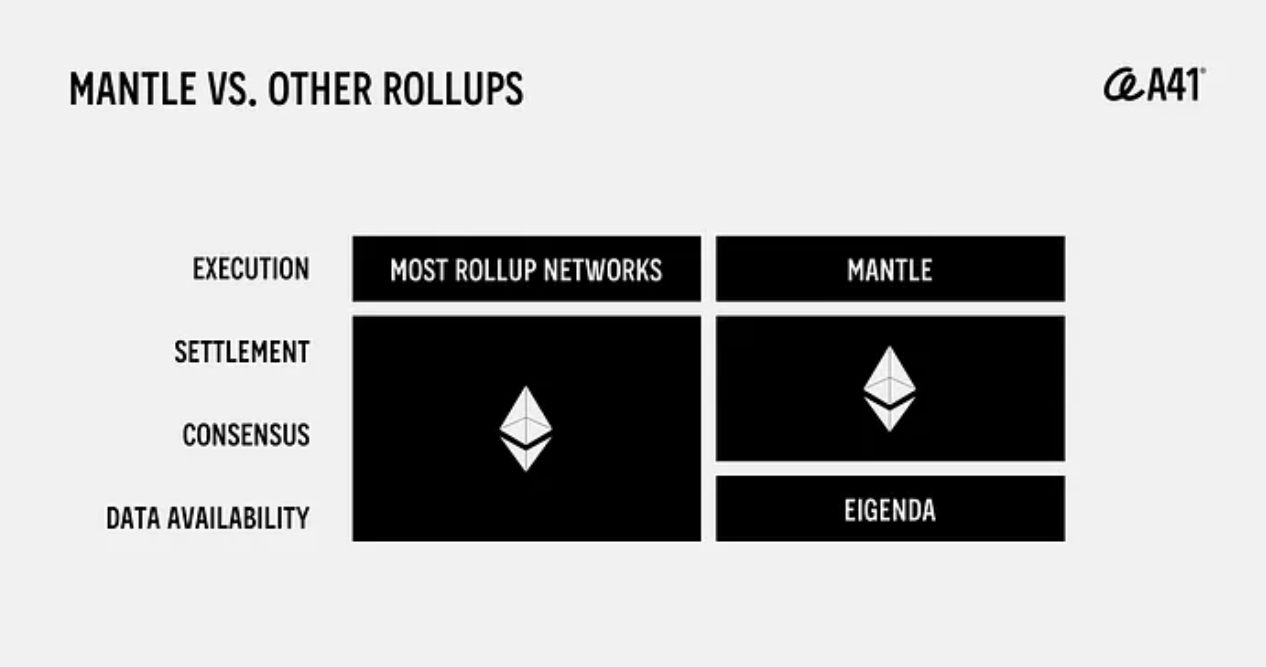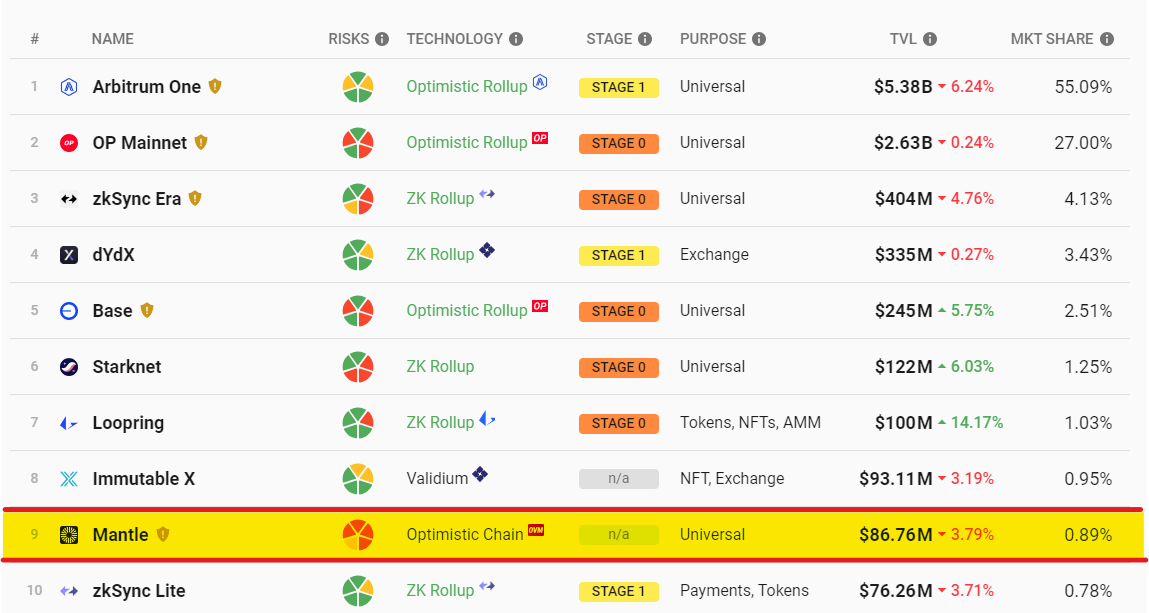In 2015, Ethereum was born as a Monolithic blockchain that simultaneously takes on all three roles of transaction processing calculation, network security consensus, and data storage (data availability -DA). However, in recent years this model has no longer been able to meet the expansion requirements as the number of users has increased. Therefore, Ethereum is being developed in a direction similar to “Modular” Blockchain with the appearance of a transaction processing calculation layer – L2 Rollups.
And with the Modular Blockchain vision, some other L2s on Ethereum have further researched the use of DA from another protocol layer while still maintaining the task of processing transactions on the L2 itself and security at Ethereum. In this article, we will together Experience Mantle Network – L2 pioneers the Modular model.
To understand more about Mantle, you can read the following articles:
- What is Mantle Network? Mantle Network Cryptocurrency Overview
- Mantle Network Built From Layer 2 Inspiration & LSDfi
- What is EigenLayer? EigenLayer Cryptocurrency Overview
Overview of Mantle Network & Modular Rollup
Mantle Network is an Optimistic Rollup developed based on the fork of Optimism’s Optimistic Virtual Machine (OVM) system. To avoid misunderstandings, Mantle is not an L2 built on the currently popular OP Stack technology that L2s such as Base and DeBank developed.
In its Modular architecture, Mantle will act as the transaction processing computational layer, Ethereum is the consensus layer, and the data storage layer will be taken care of by the Eigen Layer with the EigenDA service.

Mantle Network officially mainnet in July 2023. As of August 24, this L2 currently has a TVL of $86.76M, holding 9th place among the total number of active L2s on Ethereum.

Besides, because it is in the early stages of development, Mantle has not completed most of the 5 important pillars of L2 from DA to state Validation.

Therefore, if you decide to experience this ecosystem, consider carefully and make sure the amount of experience does not exceed the amount you are willing to lose.
Mantle Network Experience Guide
- Step 1: Prepare wallet – Add Mantle via Chainlist
- Step 2: Bridge fund – Mantle uses $MNT tokens as gas, so when transferring $ETH you should transfer a little more $MNT as a fee.
- Step 3: Use dApps – Start your first experiences with officially deployed dApps on this L2.

You can explore the applications in the mantle ecosystem yourself through the Mantle Ecosystem website or you can experience some of the outstanding projects that I have listed below:
- iZUMi Finance (DeFi) — Multi-chain liquidity protocol with an orderbook decentralized exchange – iZiSwap, suitable if you are interested in trading or providing liquidity.
- Symbiosis Finance (DeFi) — AMM is optimized for asset exchange across many different network chains.
- NFTs2Me (NFTs) — No-code NFT creation platform with the ability to easily convert individual works of art or collections into NFTs on Mantle.
- Holograph (NFTs) — NFT creation protocol across all network chains (omnichain) regularly hosts free art release events across various networks, including Mantle.
- Lootex (NFTs)— The first NFT Marketplace launched on Mantle, specializing in NFTs in the gaming industry.
Summary
Hope the article Instructions for experiencing Mantle Network mainnet will help you save more time in accessing this new L2 Modular. Once again, Weakhand would like to note that experiencing Mantle Network in the early stages has potential risks of losing capital, so please consider the amount carefully before participating.


